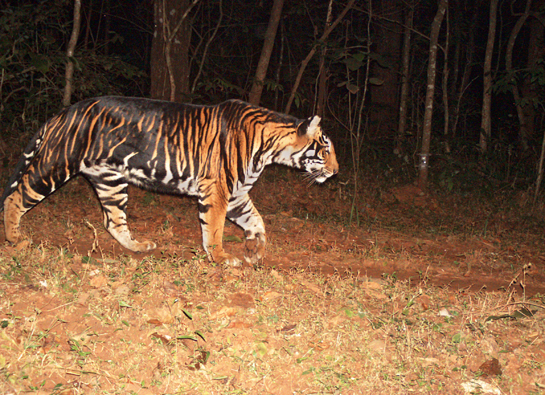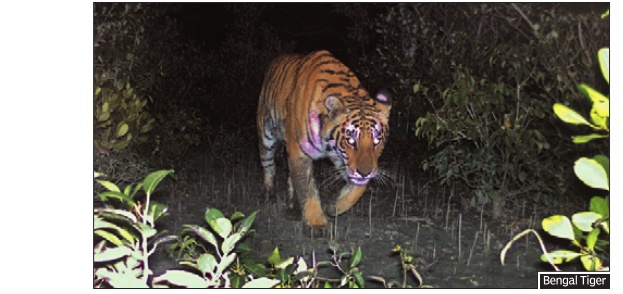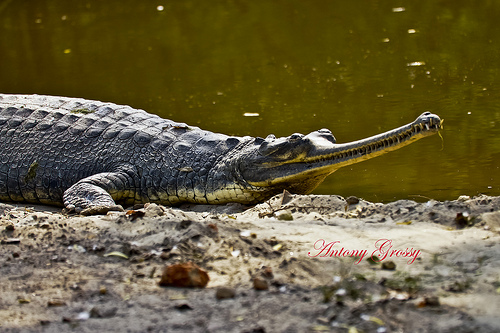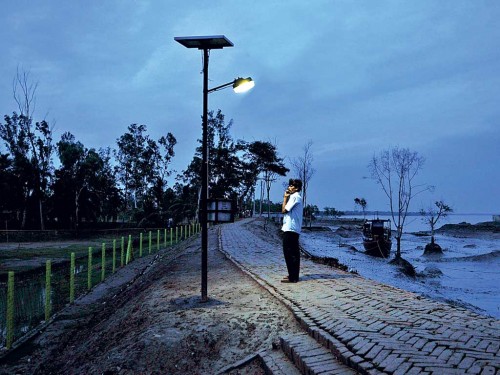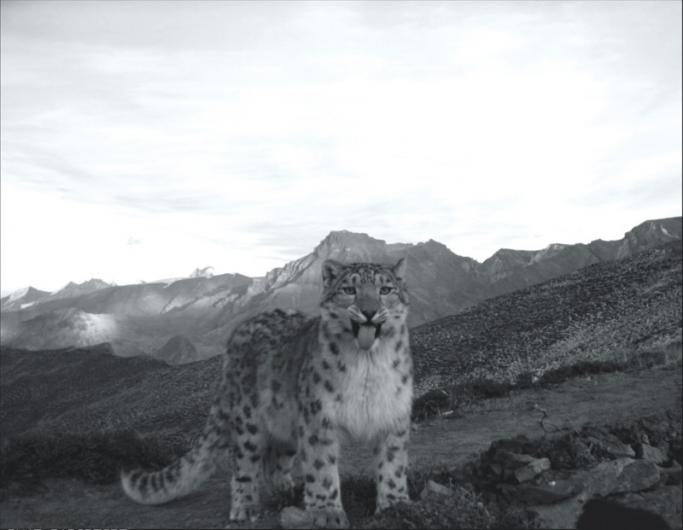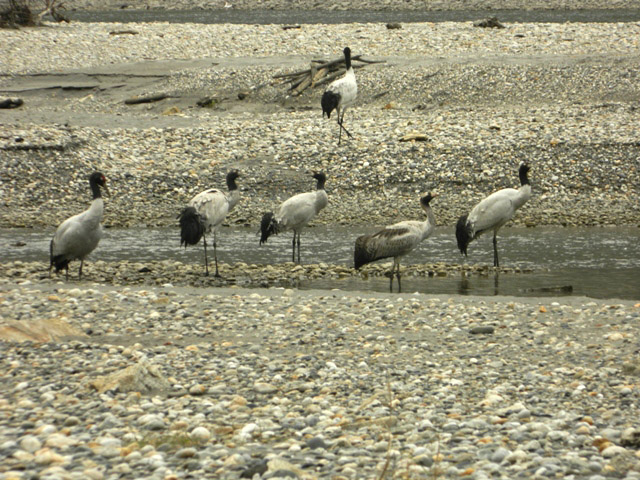Camera traps are changing the way we see wildlife. These remotely operated cameras that work based on motion sensor or infrared sensor, trigger the camera to click a photo as soon as any animal passes in front of them. Take a look at some of the amazing moments caught on camera trap that take us […]
Camera Traps Reveal Rising Number Of Sunderban Tigers
The latest survey of tigers in the largest mangrove forests of the world, puts the number to 85 – this is 9 more tigers than the survey conducted last year. The assessment exercise carried out by the Ministry of Environment and Forest in 2015 had put the number of tigers to be 76. This year […]
Farmers, Forest Officials And WWF Unite To Save The Gharials
A triad of local volunteers called ‘Ganga mitras’, forest department officials and WWF members got together for a good cause – caring for, rearing and reintroducing the critically endangered gharials into the river Ganga. 35 such gharials were released into the Ganga at Hastinapur in February this year. Since the start of the programme in […]
The Wild Wisdom Quiz Book- Review
Amrita Sharma reviews for India’s Endangered The Wild Wisdom Quiz Book by WWF-India Children are curious by nature and if we wish to raise kids who love the Earth, all we have to do is expose them to the awe-inspiring beauty, diversity and immensity of nature. Their natural curiosity can then be trusted to propel […]
Solar lights to keep Tigers at Bay in Sunderbans’ Villages
CONSERVATION ACTION: The use of a renewable non-polluting and viable source of energy that at one go helps tackle human-animal conflict and also lights up the lives of communities. This is the goal of the new, innovative method being employed to prevent tigers from entering Sunderbans’ village – solar lights. The project ‘Lights for Stripe’ […]
Wild, Candid and Prize Worthy
This year’s BBC Wildlife camera-trap competition results prove that Indian naturalists are not just using the technology leap but reaping rich rewards from these candid clicks.
Interview: Tiasa Adhya, Fishing for the Fishing Cats
The mangroves of Sundarban are known to be home to one of the most popular wild cats of India- the Royal Bengal Tiger. But there is another wild cat that lives in the same marshy land which sadly does not enjoy the same repute as the tiger, but is a fantastic animal none the less. We are talking about the Fishing cat, a feline much like the domestic cat in appearance but twice the size and with a more masculine body. Naturalist Tiasa Adhya has committed herself to study this particular animal hoping that her research gives voice to an endangered wild cat that not many know about.
Pet Parrot Trade Killing millions of Birds
A bird in a cage is a concept some people find fascinating and thus there are hundreds of parrots and love birds sold everyday around India. What many do not realize though is that by buying these birds they are letting an illegal trade flourish that is killing lakhs of beautiful birds each year.
War torn Kargil now Home to Snow Leopards
Camera Traps find evidence of the elusive leopard in Kargil.
Black Necked Cranes Spotted in Arunachal Pradesh
Zemithang Valley in Tawang district of India’sNorth eastern state Arunachal Pradesh is one of the two winter destinations of black necked cranes in India but last year only three of these winged guests arrived here. This year though, the arrivals have been better much to the delight of local conservationists who also spotted a juvenile crane among the group.
Past Week in Pictures: 1 Aug – 6 Aug
Indian animal volunteer Dharmeshbhai rescued two monitor lizards that are now safe at the Animal Care Charitable Trust in Ahmedabad, India. Monitor Lizards are categorized under Schedule 1 of the Indian Wildlife Protection Act. Maneka Gandhi chairs organization People for Animals with a nationwide network of 2.5 lakh members, 160 units and 26 hospitals. PFA […]

